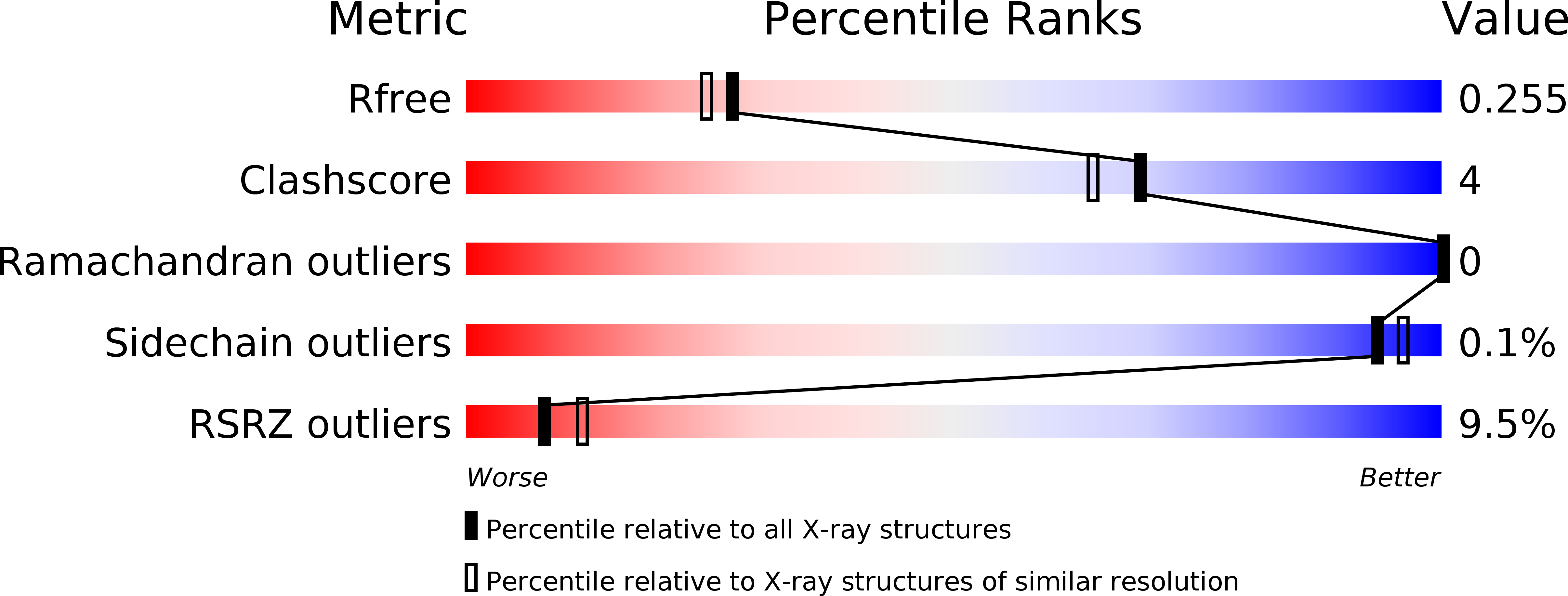
Deposition Date
2019-05-31
Release Date
2020-02-19
Last Version Date
2024-01-24
Entry Detail
PDB ID:
6RVM
Keywords:
Title:
Cell division protein FtsZ from Staphylococcus aureus, apo form
Biological Source:
Source Organism:
Staphylococcus aureus (Taxon ID: 1280)
Host Organism:
Method Details:
Experimental Method:
Resolution:
2.16 Å
R-Value Free:
0.25
R-Value Work:
0.22
R-Value Observed:
0.23
Space Group:
P 21 21 21


